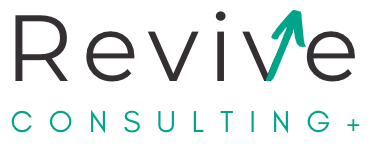4 Essential Steps to Achieve Smart Compliance Amid Independence By Cammy Smith
June 8, 2020
Compliance
can appear cumbersome and confusing for many financial advisors and even more so, for advisors on the journey to independence. However, this is not an excuse to turn a blind eye. Compliance in financial services is becoming increasingly important when it comes to identifying organizational risks, adhering to external regulations, and doing right by your clients. Since the financial crisis in 2008, there has been an uptick in regulatory scrutiny and regulation, making comprehensive compliance processes an essential part of your business. Here are four tips for how to go about compliance strategies in a smart and effective way when starting out with your own RIA or a Hybrid RIA.
(1) Identify What Is It You Really Need
Compliance is not about having a billion pages of rules and regulations; it is about identifying the basics that you need right off the bat and not wasting time on the unnecessary. Do this by establishing your business goal first; this will then feed into your compliance strategy and custodian choice. It is important to remember that even if you are outsourcing compliance, you should still understand what it is and what it entails because at the end of the day, it is your business.
(2) Know Your Client
Another key way to simplify and streamline the compliance process is by understanding your clientele. For example, if you have international clients, you will need an anti-money laundering (AML) program. However, if your clientele is purely domestic, then you can trim down your processes to reflect that. Ask yourself: what are my business goals, what is my business mix, and what do my clients need? Then, adapt your program to your specific clients and you will not need those billion pages of rules if they don’t apply to your clients.
(3) Optimize Technology
Take responsibility for your compliance but don’t let it dictate your life––use technology to your advantage. Keep a compliance calendar using automated calendar functions. Take advantage of workflows to document. If you employ multiple custodians, use technology to aggregate various asset segments. For more technologically savvy firms, AI and software robots can automate processes such as client on-boarding, document verification, fraud detection.
Keep in mind compliance does not need to be done in one tech stack. Create a roadmap and timeline to document your business requirements and needs in order to successfully integrate data fluidly.
(4) Get a Third Opinion
Advisors hit a major roadblock when they attempt to tackle compliance all on their own. Dealing with regulators without consultation or attempting exams without proper preparation can prove to be a huge miscalculation when next thing you know, you are faced with investigations and lofty fines. In fact, the penalties alone can destroy an advisor which is why it is important to make sure you set up your RIA correctly from the beginning. Have a consultant or attorney help you (1) develop your roadmap, (2) occasionally review your compliance materials, and (3) represent you during the exam.
Going independent is the most important decision of your career. Do it right by making sure you accomplish a coherent compliance strategy with the right mindset and approach.
